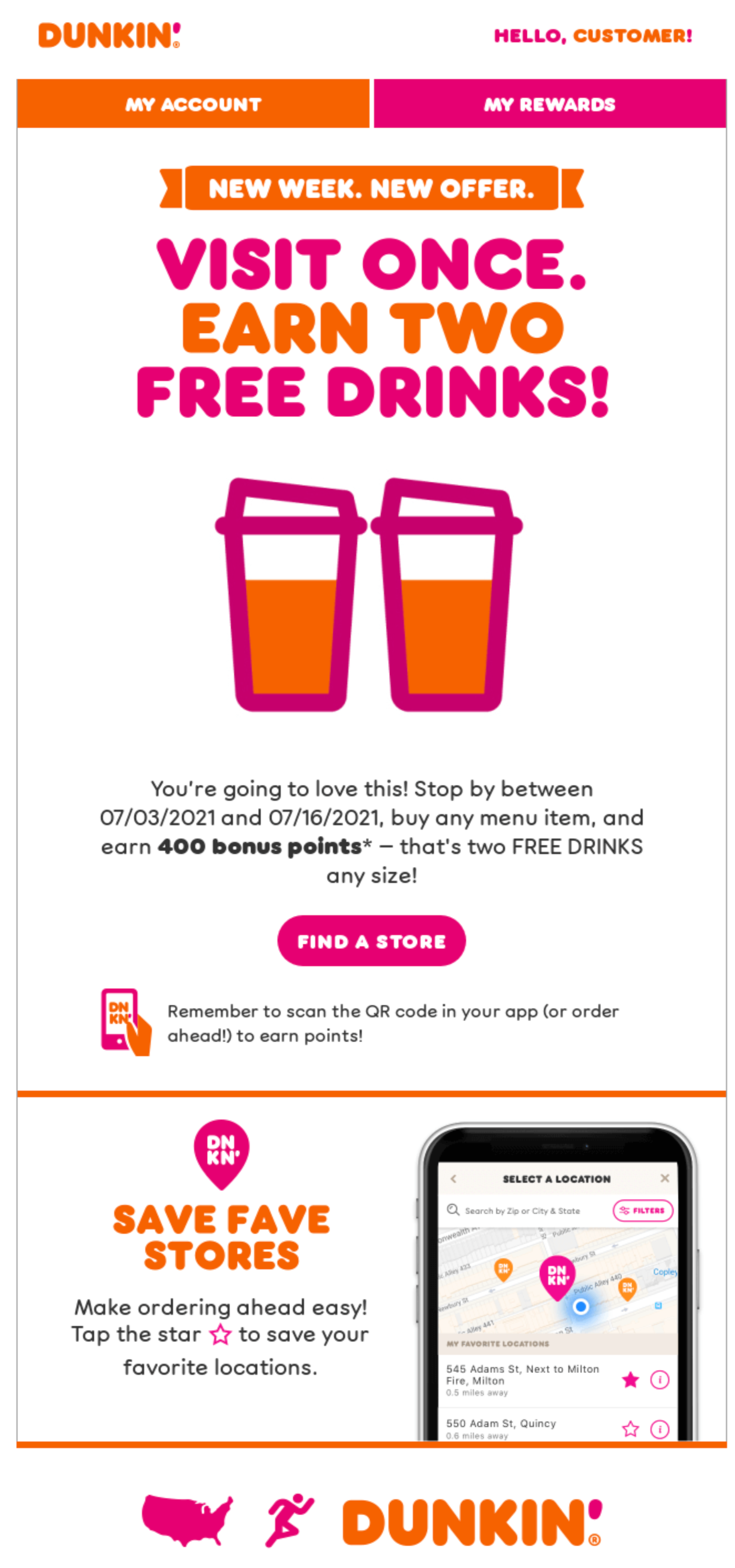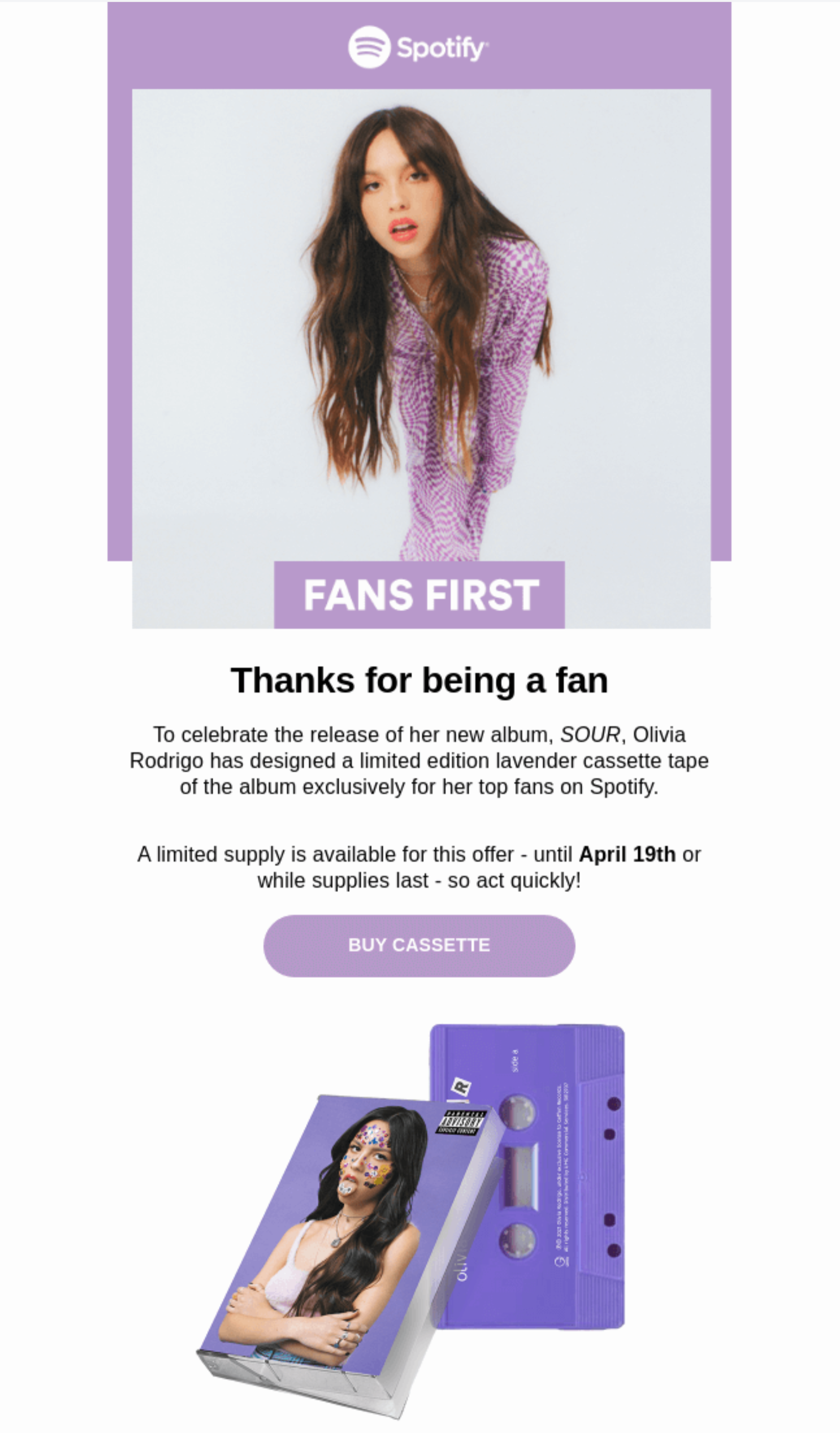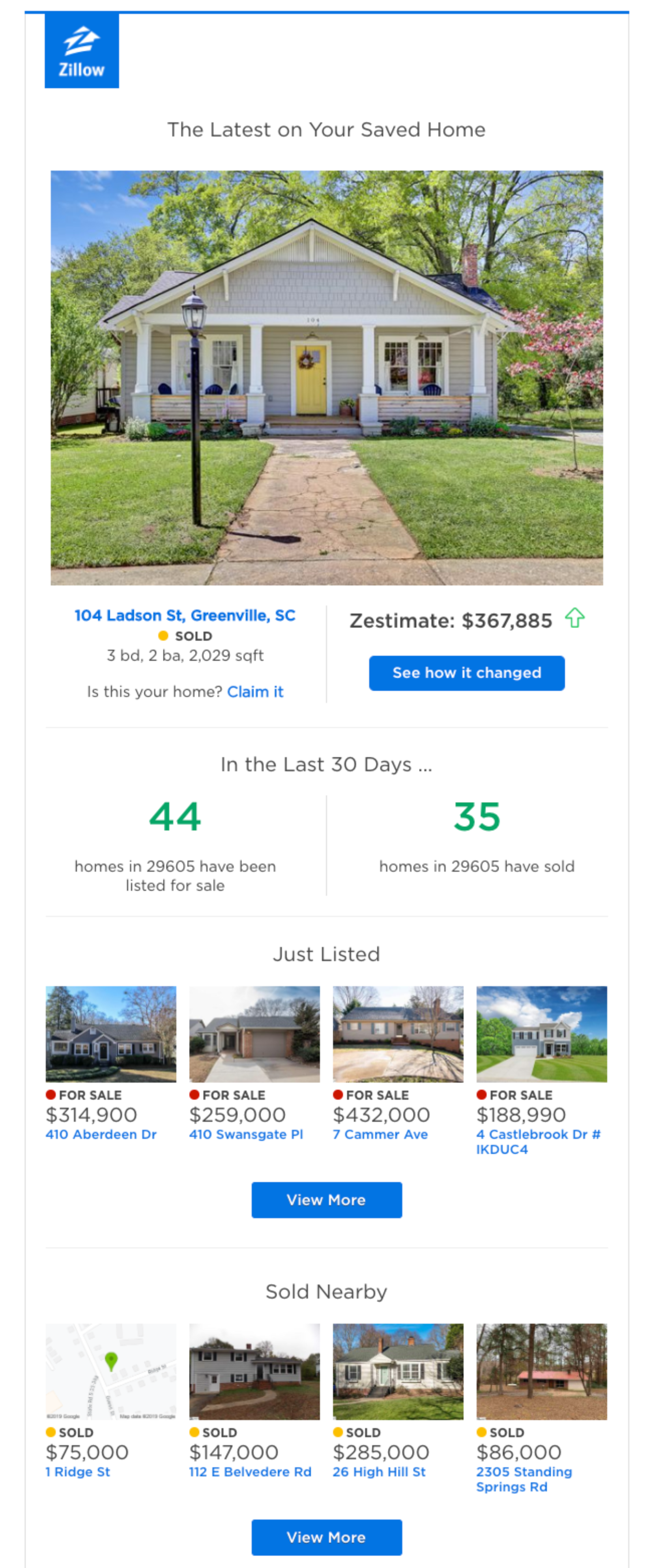The first ever promotional campaign was launched in 1789. Granted, it was printed for a presidential campaign and wasn’t an online retailer’s email or push notification, but still—1789! That means promotional messages have been around for over 200 years. What’s even more notable, however, is that traditional promotional messages continue to evolve.
Over the past 200 years, marketers have started to learn what an effective promotional campaign looks like. And today, with new technological capabilities, marketers can implement strategies that elevate their promotional campaigns to improve engagement and the overall customer experience.
In our latest ebook, “Orchestrate Your Cross-Channel Campaigns for Peak Harmonization,” we touch upon a variety of marketing campaigns, including promotional campaigns, and detail what’s required for each and some tips for building them out. This article—the second in our series—will provide context around, and examples of, promotional campaigns.
What Are Promotional Campaigns?
Promotional campaigns are the bread and butter of traditional marketing. They’re used to share information about a new product, new store location, or offer a discount. Think about all of the BOGO subject lines that have made their way into your inbox—those are part of a promotional campaign. Promotional messaging is essential to how every brand keeps ties with customers.
While onboarding and welcome campaigns generally come first in the lineup of customer communications, promotional campaigns can be woven throughout an entire customer journey. Once the welcome and onboarding sequences have ended and all the way through to re-engagement or post-purchase, brands can share information about products and services via promotional campaigns.
To execute promotional campaigns effectively, there are four key elements you’ll need to consider: goals, audience segments, real-time data, and channels. Let’s dive into each.
Setting Goals
Promotional campaigns of yore have often employed the “batch-and-blast” method. The same exact promotional message was sent to large groups of customers, hoping it would resonate with someone. Today, when creating a promotional campaign, marketers often start with the goal. What is this promotional campaign trying to accomplish? What are the steps we want this individual customer to take?
When setting out to create this promotional campaign, for example, Dunkin’, the coffee brand America runs on, was clearly aiming to get their customers into their stores, instead of ordering online.


For rewards members, Dunkin’ offered bonus points (the equivalent of two drinks) to those customers who visited a Dunkin’ location. Source: ReallyGoodEmails.
Maybe there were new products they wanted customers to see in-store, maybe delivery fees were becoming too high. Whatever the reason was to get customers to visit a physical location, Dunkin’ designed a promotional campaign with that goal in mind.
Segmenting Audiences
Like we said before, batch-and-blast promotional marketing just isn’t it. The best part, though, is that it doesn’t take much to elevate your promotional campaign. At the very least, you should be segmenting your audience to deliver content that resonates with each cohort. Audience segmentation is the first step in true customer personalization.
Spotify, the music streaming service, understands the assignment when it comes to audience segmentation. Pop star, Olivia Rodrigo, released a limited edition cassette and, to promote the sale of the cassette, Spotify sent their email to the audience segment that listens to Olivia Rodrigo.


Spotify sent this segment-based email to Olivia Rodrigo fans, knowing that the cassette would sell better with this particular cohort. Source: ReallyGoodEmails.
Because Spotify collects zero-party data, they were able to easily identify the cohort that listens to Olivia’s music and then, to garner the most engagement, used that information to send a promotional email. From the customer’s end, this also has the impact of a highly personalized email because Spotify is paying attention to their data.
Using Real-Time Data
Audience segmentation is about using collected customer data, regardless of when the data has been gathered. Real-time data, however, utilizes a more as-it-happens approach, making immediate changes to marketing strategies based on consumer behavior.
Zillow, a real estate platform, uses customer search data to send hyper-individualized promotional campaigns. After a user has searched and saved homes, Zillow sends emails that feature the saved homes, show how the prices may have changed, and offer information on what’s for sale and what’s been sold near that home.


Zillow sends individualized emails based on real-time events, keeping customers engaged. Source: ReallyGoodEmails.
Using real-time data is beneficial not only because it creates individualized content for each user, but also because it keeps the content dynamic to stay up-to-date and relevant. If a customer is actively looking at your site or app and then gets an email related to the content they’re currently looking at, it’s highly likely they’ll engage with that email.
Promoting Cross-Channel
We’ve talked a lot about promotional emails, but that’s only the tip of the iceberg. Yes, email is a great channel for distributing promotional content, but it’s not the only one. Brands can take advantage of other channels, like SMS, push notifications, and direct mail, to create a unified, cross-channel experience that’s tailored to the customer.
What’s especially appealing about a well-executed cross-channel strategy is the fact that brands don’t duplicate the promotional content they distribute. They understand that on the receiving end of SMS messages is the same user who receives promotional email, so why send the same message twice? Promotional emails are meant to educate, engage, and sell—not annoy.
Make It Easy for Customers to Like You
Promotional campaigns are designed to continuously promote your brand—who you are, what you sell, and what’s new. The trick is making it easy for customers to like your brand. A lot of the time customers can feel inundated with promotional content (heck, there’s a whole tab that separates promotional emails in Gmail), so you’ll need to find a way to make your messages stand out.
With a clear goal, segmentation, real-time responsiveness, and a cross-channel strategy in place, your promotional campaigns will resonate with the right customers and improve their overall experience to keep them coming back for more.
To learn more about promotional campaigns, along with other marketing campaigns, download “Orchestrate Your Cross-Channel Campaigns for Peak Harmonization.”


































